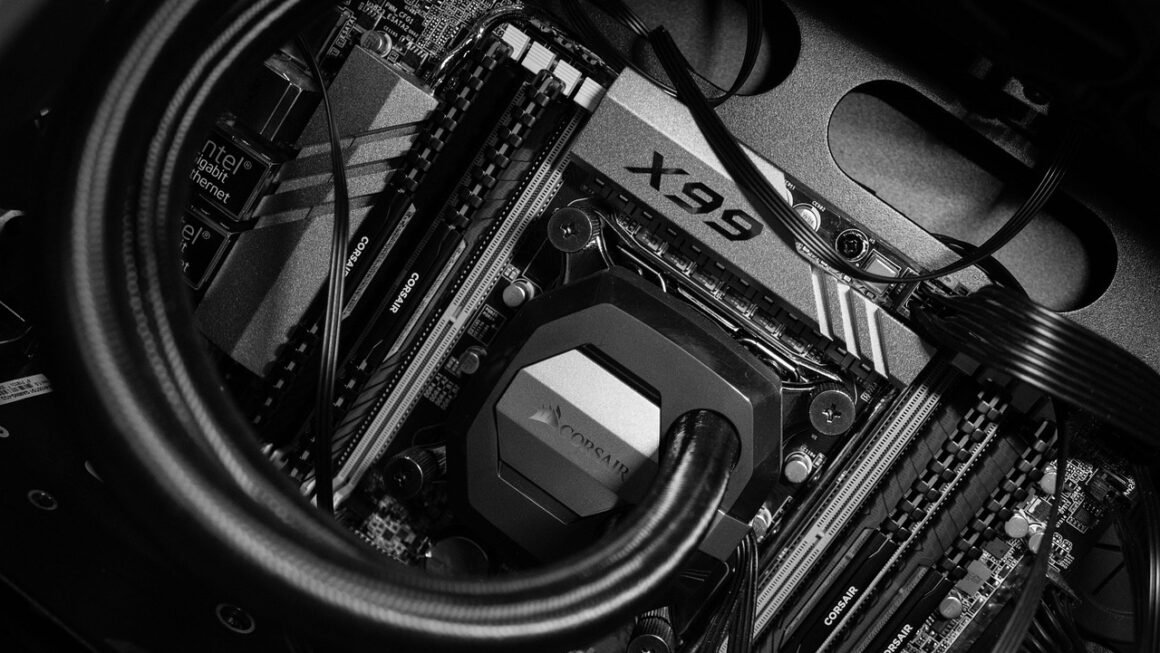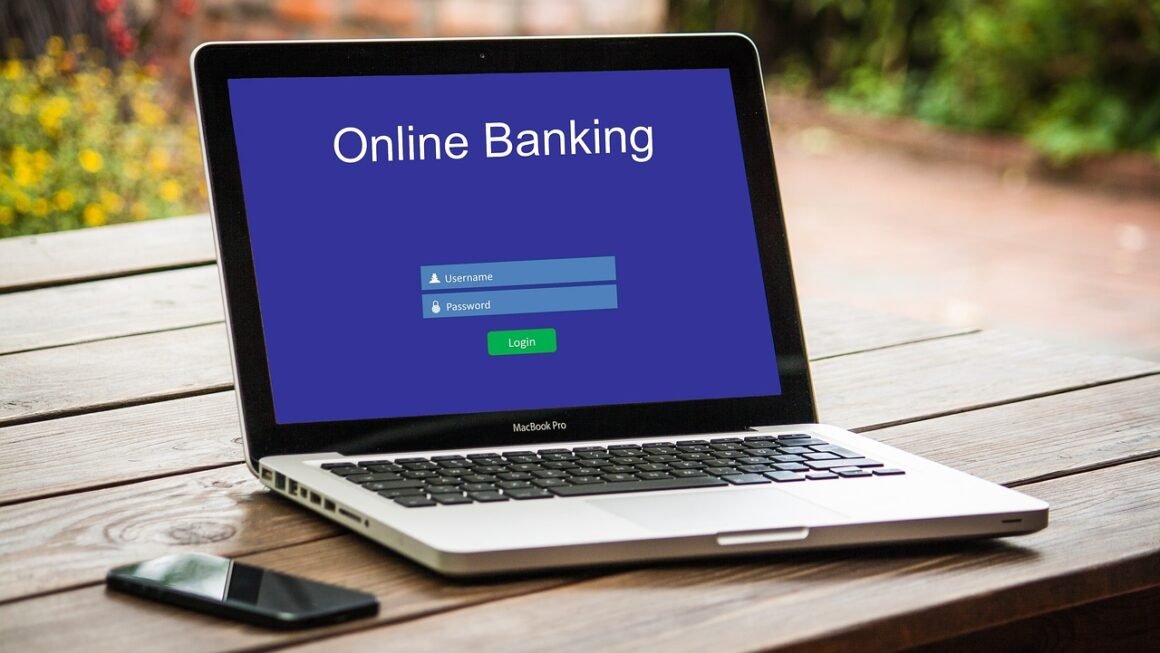Cyberattacks are no longer a question of “if” but “when.” In today’s digital landscape, organizations face a constant barrage of threats, ranging from ransomware and phishing scams to sophisticated nation-state attacks. While preventing all incidents is impossible, building cyber resilience is crucial for minimizing the impact of successful breaches and ensuring business continuity. This blog post will explore the concept of cyber resilience, its key components, and practical steps organizations can take to strengthen their defenses and bounce back from cyber incidents.
Understanding Cyber Resilience
What is Cyber Resilience?
Cyber resilience goes beyond traditional cybersecurity, which focuses primarily on prevention. It encompasses an organization’s ability to anticipate, withstand, recover from, and adapt to adverse conditions, stresses, attacks, or compromises on systems that use or are enabled by cyber resources. In essence, it’s about building a proactive and adaptive security posture that allows your organization to not only defend against attacks but also maintain critical operations even when under duress.
- Focuses on business continuity and operational resilience.
- Includes prevention, detection, response, and recovery capabilities.
- Aims to minimize disruption and maintain essential functions.
- Adapts to evolving threats and changing business needs.
Why is Cyber Resilience Important?
Cyber resilience is increasingly important because the threat landscape is constantly evolving and becoming more sophisticated. Traditional security measures are no longer sufficient to protect against all attacks. A resilient organization can:
- Minimize the financial impact of cyber incidents.
- Protect its reputation and customer trust.
- Maintain business operations and avoid costly downtime.
- Comply with regulatory requirements and industry standards.
- Gain a competitive advantage by demonstrating a strong security posture.
- Enables faster recovery and restoration of services.
For example, a hospital with strong cyber resilience measures can continue providing critical patient care even if its systems are targeted by ransomware. They might have offline backups of patient records, manual procedures in place, and a well-rehearsed incident response plan.
Key Components of Cyber Resilience
Proactive Security Measures
Proactive security is the first line of defense against cyberattacks. It involves implementing measures to prevent incidents from occurring in the first place.
- Vulnerability Management: Regularly scan systems for vulnerabilities and promptly apply patches and updates. Tools like Nessus and Qualys can automate this process.
Example: Running a monthly vulnerability scan on all servers and workstations, and patching critical vulnerabilities within 72 hours.
- Access Control: Implement strong access control policies, including multi-factor authentication (MFA), least privilege access, and role-based access control (RBAC).
Example: Requiring MFA for all users accessing sensitive data and applications.
- Security Awareness Training: Educate employees about common cyber threats, such as phishing scams and social engineering attacks. Conduct regular training sessions and phishing simulations.
Example: Conducting quarterly security awareness training for all employees, including simulations of phishing attacks to test their knowledge.
- Secure Configuration Management: Establish and maintain secure configuration baselines for all systems and devices. Use configuration management tools to enforce these baselines.
Example: Using a tool like Chef or Puppet to automate the configuration of servers and ensure they meet security standards.
Detection and Monitoring
Even with strong proactive measures, some attacks will inevitably succeed. Therefore, it’s crucial to have robust detection and monitoring capabilities in place to identify and respond to incidents quickly.
- Security Information and Event Management (SIEM): Implement a SIEM system to collect and analyze security logs from various sources. Use the SIEM to detect suspicious activity and generate alerts.
Example: Using Splunk or QRadar to collect logs from firewalls, intrusion detection systems, and servers, and configuring alerts for suspicious login attempts, malware detections, and data exfiltration.
- Intrusion Detection and Prevention Systems (IDS/IPS): Deploy IDS/IPS solutions to monitor network traffic for malicious activity and block or prevent attacks.
Example: Deploying Snort or Suricata on network segments to detect and block malicious traffic patterns.
- Endpoint Detection and Response (EDR): Implement EDR solutions to monitor endpoint devices for suspicious behavior and provide incident response capabilities.
Example: Using CrowdStrike or SentinelOne to monitor endpoints for malware, ransomware, and other malicious activity, and providing automated response actions.
- Threat Intelligence: Leverage threat intelligence feeds to stay informed about emerging threats and vulnerabilities. Use this information to proactively improve security defenses.
Example: Subscribing to threat intelligence feeds from reputable sources and using the information to update firewall rules and intrusion detection signatures.
Incident Response and Recovery
A well-defined incident response plan is essential for minimizing the impact of cyber incidents. The plan should outline the steps to be taken in the event of a breach, including:
- Incident Identification: Define procedures for identifying and reporting security incidents.
- Containment: Isolate affected systems to prevent the spread of the attack.
- Eradication: Remove the malware or other malicious code from affected systems.
- Recovery: Restore systems and data from backups.
- Lessons Learned: Conduct a post-incident review to identify weaknesses in the security posture and improve the incident response plan.
- Example: Having a documented incident response plan that outlines roles and responsibilities, communication procedures, and technical steps for containing and eradicating incidents. Regularly testing the plan through tabletop exercises.
Business Continuity and Disaster Recovery
Business continuity and disaster recovery (BCDR) planning is crucial for ensuring that critical business functions can continue to operate during and after a cyber incident.
- Backup and Recovery: Implement a robust backup and recovery solution to ensure that data can be restored in the event of a data loss incident.
Example: Implementing a 3-2-1 backup strategy, which involves keeping three copies of data on two different media, with one copy stored offsite.
- Disaster Recovery Plan: Develop a disaster recovery plan that outlines the steps to be taken to restore IT systems and applications in the event of a major outage.
Example: Having a documented disaster recovery plan that outlines the steps to be taken to restore IT systems and applications at a secondary site in the event of a major outage.
- Business Impact Analysis (BIA): Conduct a BIA to identify critical business functions and assess the impact of a disruption on those functions.
Example: Identifying the critical business functions that must be restored within a certain timeframe after a disaster, and prioritizing the recovery of those functions.
- Regular Testing: Regularly test the BCDR plan to ensure that it is effective and up-to-date.
Example: Conducting annual disaster recovery exercises to test the plan and identify areas for improvement.
Building a Cyber Resilience Framework
Risk Assessment
Conduct a thorough risk assessment to identify and prioritize the cyber risks facing the organization. This assessment should consider:
- Asset Identification: Identify all critical assets, including hardware, software, data, and personnel.
- Threat Identification: Identify the threats facing the organization, such as malware, ransomware, phishing, and insider threats.
- Vulnerability Assessment: Identify the vulnerabilities that could be exploited by these threats.
- Impact Analysis: Assess the potential impact of a successful attack on each asset.
- Risk Prioritization: Prioritize risks based on their likelihood and impact.
- Example: Using a framework like NIST Cybersecurity Framework to conduct a risk assessment and identify the organization’s most critical assets and vulnerabilities.
Policy and Governance
Establish clear cybersecurity policies and governance structures to provide a framework for managing cyber risk. These policies should:
- Define Roles and Responsibilities: Clearly define the roles and responsibilities of individuals and teams involved in cybersecurity.
- Establish Security Standards: Set minimum security standards for all systems and devices.
- Enforce Compliance: Enforce compliance with security policies and standards through regular audits and assessments.
- Promote Accountability: Hold individuals and teams accountable for their security responsibilities.
- Example: Developing a comprehensive cybersecurity policy that covers topics such as access control, data security, incident response, and business continuity.
Continuous Improvement
Cyber resilience is not a one-time project but an ongoing process of continuous improvement. Organizations should:
- Monitor and Measure: Regularly monitor and measure the effectiveness of security controls.
- Identify Weaknesses: Identify weaknesses in the security posture and take steps to address them.
- Adapt to Change: Adapt to changes in the threat landscape and business environment.
- Stay Informed: Stay informed about emerging threats and vulnerabilities.
- Learn from Incidents: Learn from past incidents and use this knowledge to improve the security posture.
- Example: Conducting regular penetration testing and vulnerability assessments to identify weaknesses in the security posture, and using the results to improve security controls.
Conclusion
Building cyber resilience is a critical imperative for organizations in today’s threat landscape. By focusing on proactive security measures, detection and monitoring, incident response and recovery, and business continuity and disaster recovery, organizations can significantly improve their ability to withstand and recover from cyberattacks. A strong cyber resilience framework, built on risk assessment, policy and governance, and continuous improvement, will help organizations protect their assets, maintain business operations, and build trust with their customers. Remember that cyber resilience is not just about technology; it’s about people, processes, and technology working together to create a strong and adaptive security posture.



